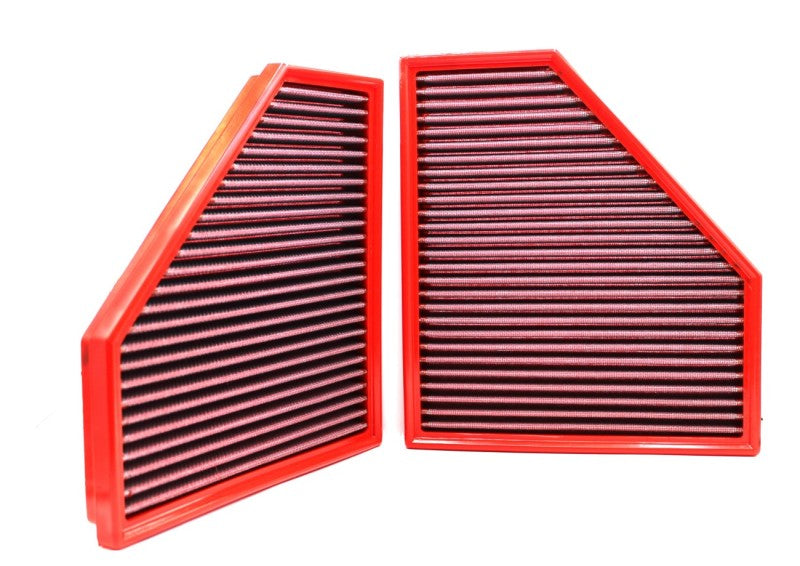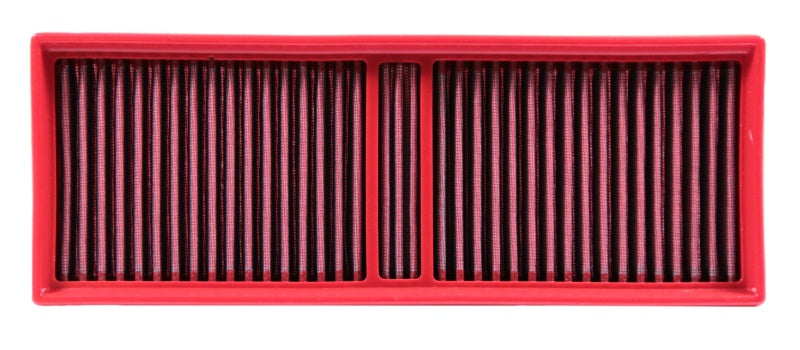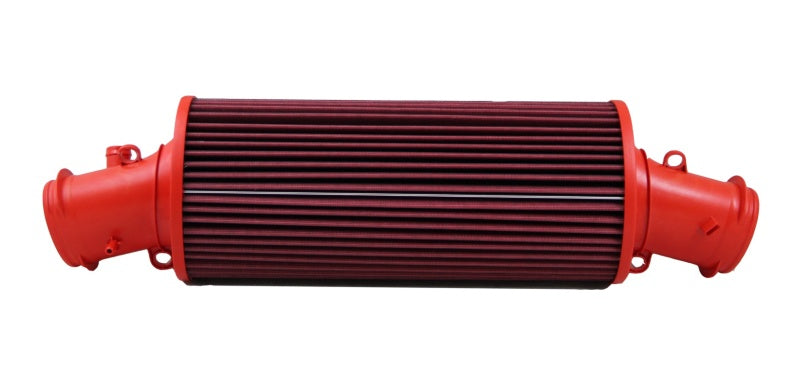Shipping Policy
Processing Time
We process and ship orders within 1-2 business days of receiving your order.
Shipping Methods
We offer Free Ground and Expedited shipping options.
Shipping Costs
Shipping costs will be calculated at checkout and are the responsibility of the customer.
Tracking Information
You will receive a tracking number once your order ships, allowing you to monitor its progress.
Returns Policy
Return Window
You can return your order for a full refund within 30 days of receiving it.
Return Conditions
To be eligible for a return, items must be unused, in their original packaging, and in the same condition as when they were received.
Return Shipping
Customers are responsible for the cost of return shipping unless the return is due to an error on our part.
Refund Process
Once we receive your returned item, we will process your refund within 5 business days.
Exceptions
Final sale items are non-refundable.
 BUY NOW, PAY LATER. SHOP PAY 4 EQUAL PAYMENTS Starting at 0% APR
BUY NOW, PAY LATER. SHOP PAY 4 EQUAL PAYMENTS Starting at 0% APR 







